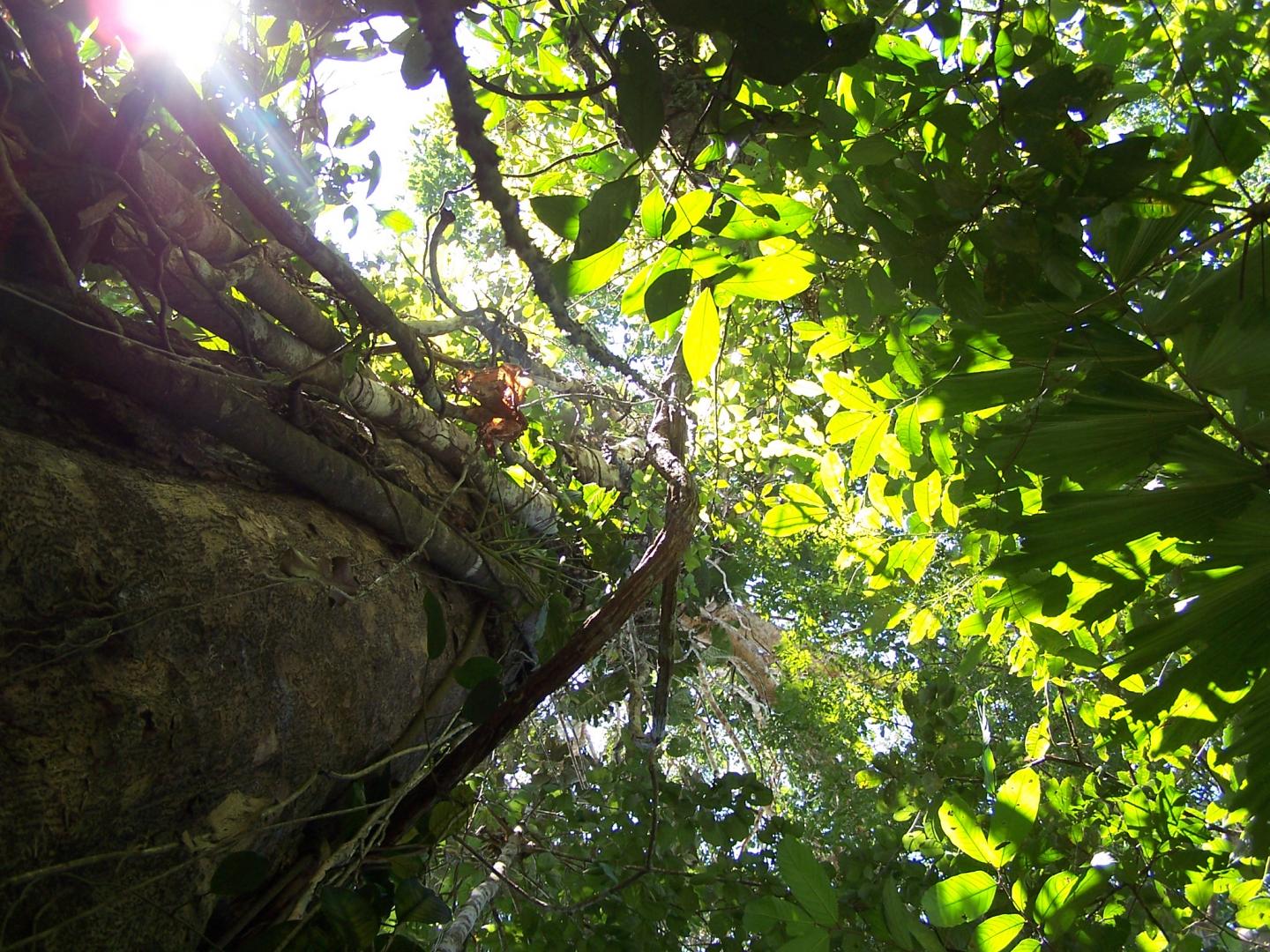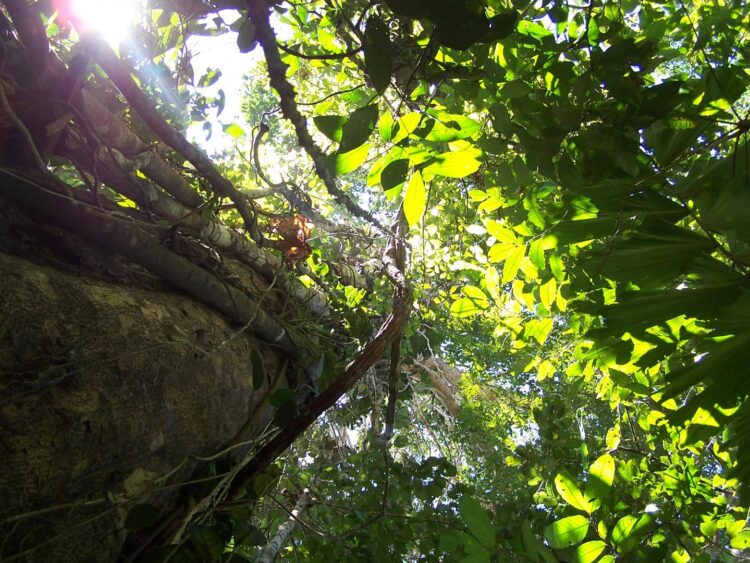First study to compare dietary signatures of African and South American mammals in quest to reconstruct ancient ecosystems finds need for revisions

Credit: © University of Montpellier/P.-O. Antoine
Closed-canopy rainforests are a vital part of the Earth’s modern ecosystems, but tropical plants don’t preserve well in the fossil record so it is difficult to tell how long these habitats have existed and where rainforests might have once grown. Instead, scientists look to the diets of extinct animals, which lock evidence of the vegetation they ate into their teeth. A new study led by scientists at the American Museum of Natural History finds that the paradigm used to identify closed-canopy rainforests through dietary signatures needs to be reassessed. The findings are published this week in the journal Proceedings of the National Academy of Sciences.
“The Amazon is the world’s most diverse rainforest, home to one in 10 known species on Earth,” said Julia Tejada-Lara, who led the study as a graduate student at the Museum and Columbia University. “Closed-canopy rainforests have been proposed to occur in this area since at least the Eocene, some 50 million years ago, but we know very little about their extent and evolution through time.”
To reconstruct ancient ecosystems, including rainforests, researchers often use stable carbon isotope (δ13C) analyses on extinct and living herbivores. Stable carbon isotopes, which form in specific proportions inside plants, are preserved in the body tissues of the animals that eat those plants. Samples from the animal’s bones, teeth, toenails, or other biological material can help scientists determine the kinds of plants that were consumed.
In the new study, Tejada and her colleagues analyzed specimens from the American Museum of Natural History and the Museum of Natural History in Lima representing 45 modern herbivores and 12 species of “secondary consumers” (meat-, insect-, and fish-eaters) that live in western Amazonia. The authors then compared their results with a landmark analysis of modern mammals in equatorial Africa, a generally accepted proxy used to identify past closed-canopy rainforests on all continents. The researchers also determined nitrogen isotope values from 35 Amazonian mammal species, finding greater than expected complexity in how nitrogen from macromolecules (carbohydrates, proteins, and fats [lipids]) is incorporated into body tissues in animals from different levels of the food chain.
“Up to this point, there had only been one other broad isotopic sampling–and inferences of food sources–of a tropical closed-canopy rainforest mammal community, and that was in central Africa,” said co-author John Flynn, Frick Curator of Fossil Mammals in the Museum’s Division of Paleontology. “So we knew that if we wanted to learn more about both modern and ancient Amazon ecosystems, we had to test whether we should expect the tropical forest conditions to be roughly the same in these two continents that separated more than 90 million years ago and have a 1,600-mile-wide ocean between them today.”
The comparison reveals that Amazonian and African closed-canopy rainforests have a very similar mean dietary carbon isotopic value, and it may be representative of mammalian herbivores in any closed-canopy rainforest. Beyond this newly discovered way of recognizing ancient rainforests, Amazonian mammals in this study lacked highly negative dietary values found in a few of the African animals. These negative values are often used outright to infer closed-canopy rainforests in fossil records.
“We have found that these negative isotopic values can no longer be used as an indispensable indicator of a rainforest,” Tejada said. “And further, that many of the longtime assumptions about ecological niches, feeding habits, and isotopic signatures characterizing tropical communities likely need to be reassessed.”
###
Media Contact
Kendra Snyder
[email protected]
Related Journal Article
http://dx.





